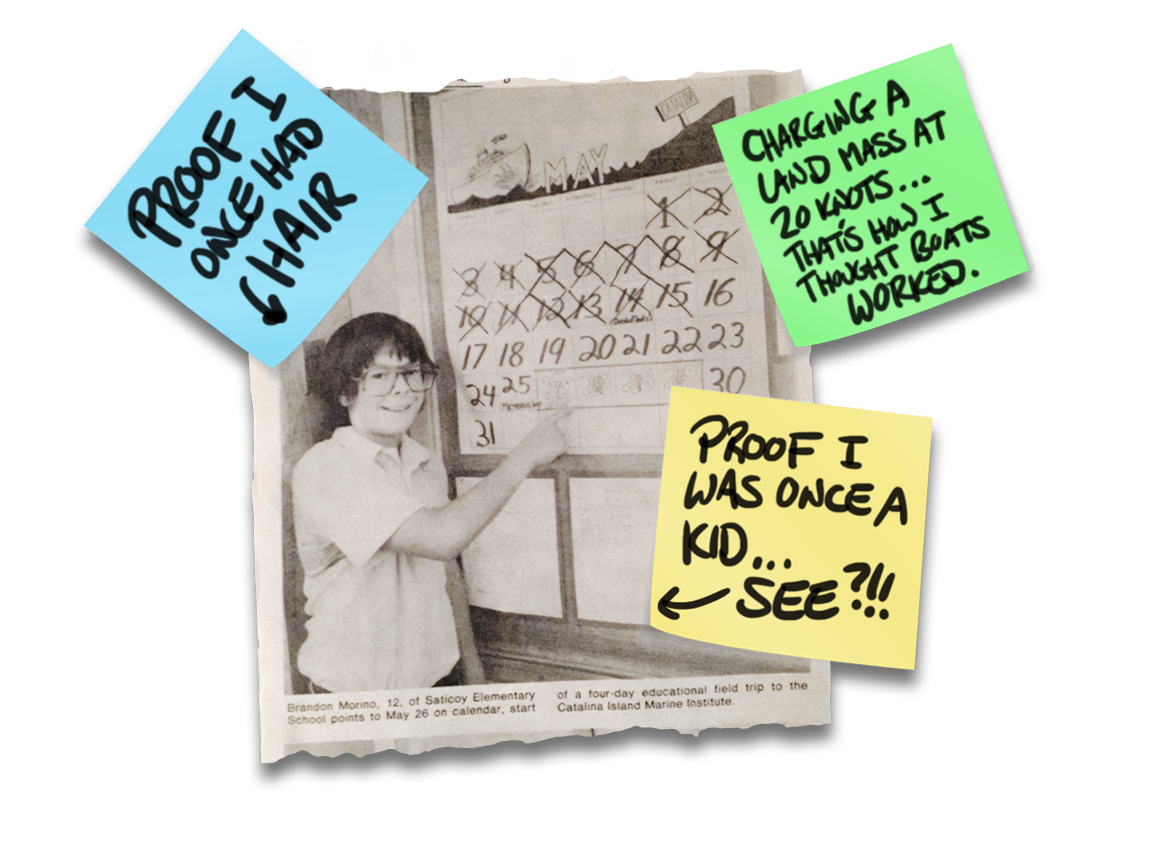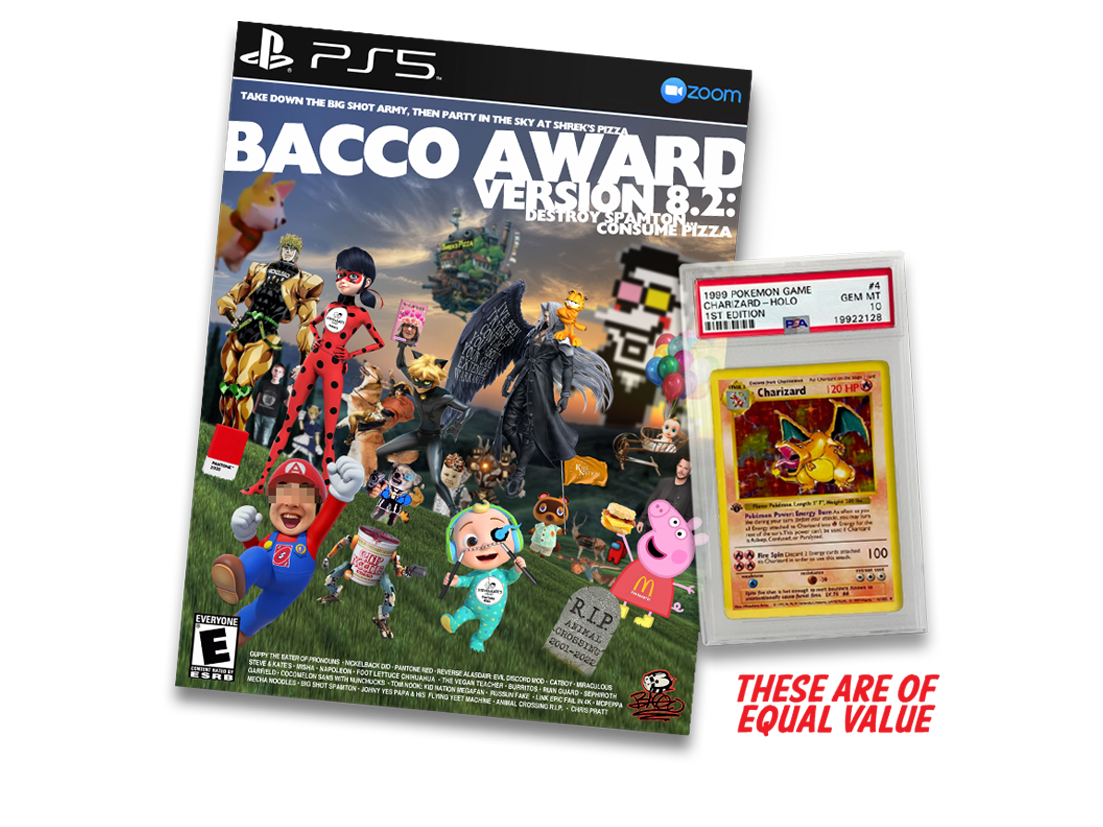The weekly BACCO lessons ISN'T about "perfection". Instead, it allows just enough leeway to allow both highly-skilled students, as well as beginner students, the freedom to take the lesson in their own direction. The basics are explained, and more importantly the ideas behind them. These ideas are the "sticky" part of the lesson, for they'll remain with the student long after the lesson is complete.
In the above pic, a breakdown of how to draw both Jotaro and Mario is illustrated. But this lesson isn't about drawing them EXACTLY like they are in the sample pics, but rather UNDERSTANDING how the students can utilize guidelines and grids to approximately replicate their favorite characters. After all, this isn't a fine art portrait class -- it's cartooning.
The above-image was from our "Build Your Own Monster Hunter" lesson. I'm using my own style in the image, which has been expanded to a side-by-side for presentation (I usually stack the layers atop each other to show progression, and in the Jotaro/Mario Photoshop window at the top -- which is why multiple colors are used). But I highly encourage the students to use their own style, whether it be a six or seven heads high structure (amine), or a two or three head high structure (Garfield, or Mickey Mouse). Any style works, aside form drawing Kirby, who's nothing more than a ball of bubblegum with a face. This is about building the character one layer at a time, from rough and sketchy to the final detailed work, and integrating that structure INTO the student's evolving signature style.
A note: In the first two sketches above, the character's hair is different. But beginning in the third sketch, it's changed. Another benefit from taking one's time in building the character is seeing it for the first time on paper (or iPad), and noting that what a student envisions in their mind isn't always what they get when seen visually for the first time. Switching it up before too much effort has been placed into the illustration saves a ton of frustration.
The lessons are designed to be engaging, as well. Utilizing topics relevant to the kids, the lessons incorporate pop culture references while teaching them the fundamentals of cartooning. Video games, anime, animation, RPG's (Role Playing Games), and popular social media trends are all rolled into lesson plans that are fun, involving, and educational.





